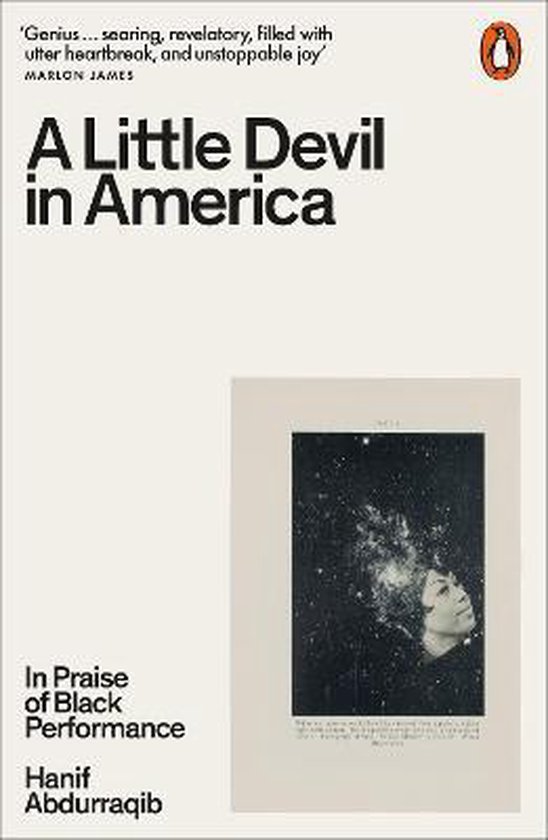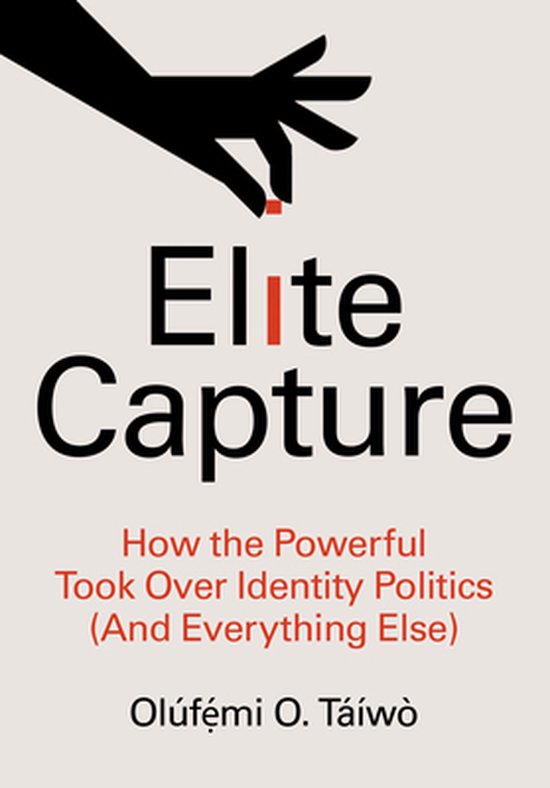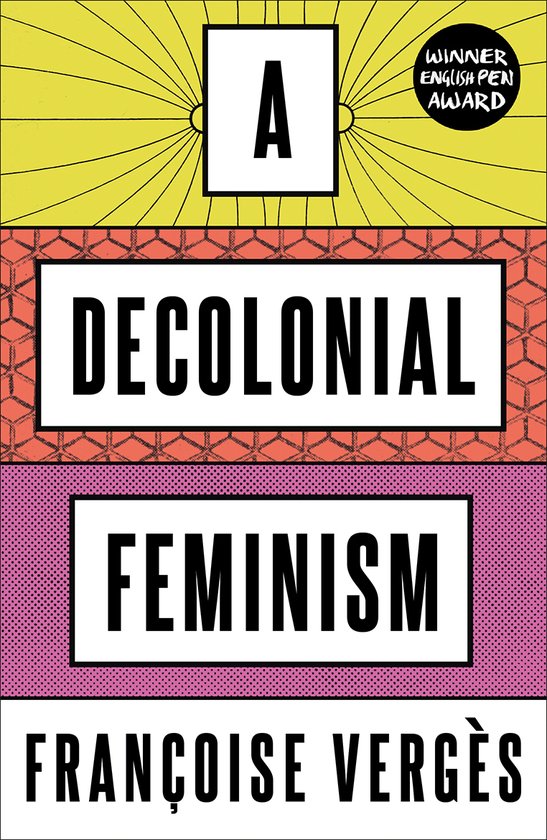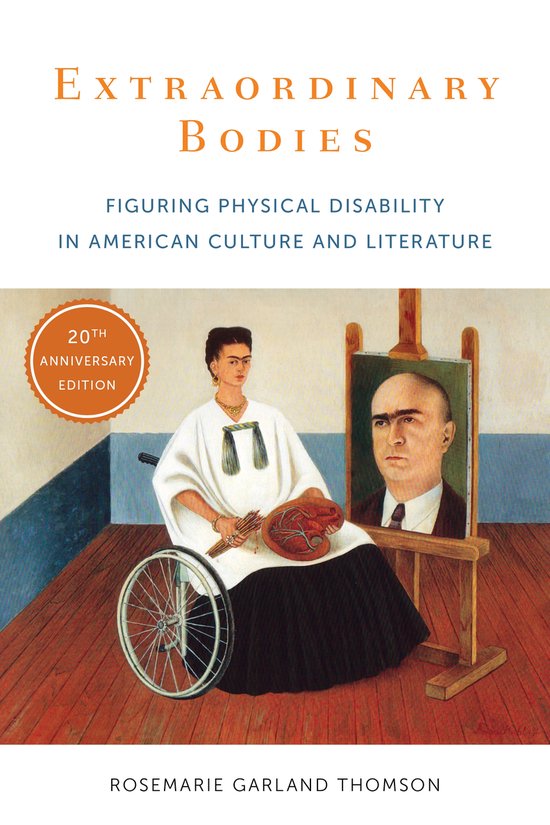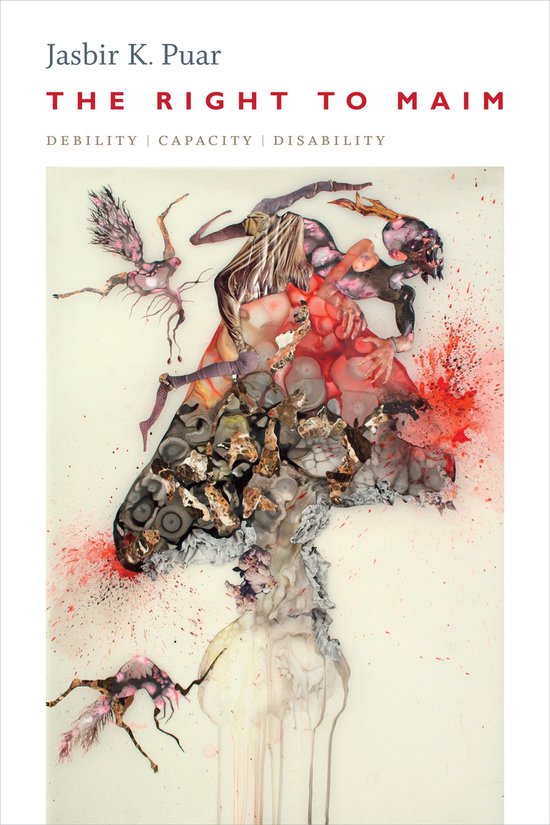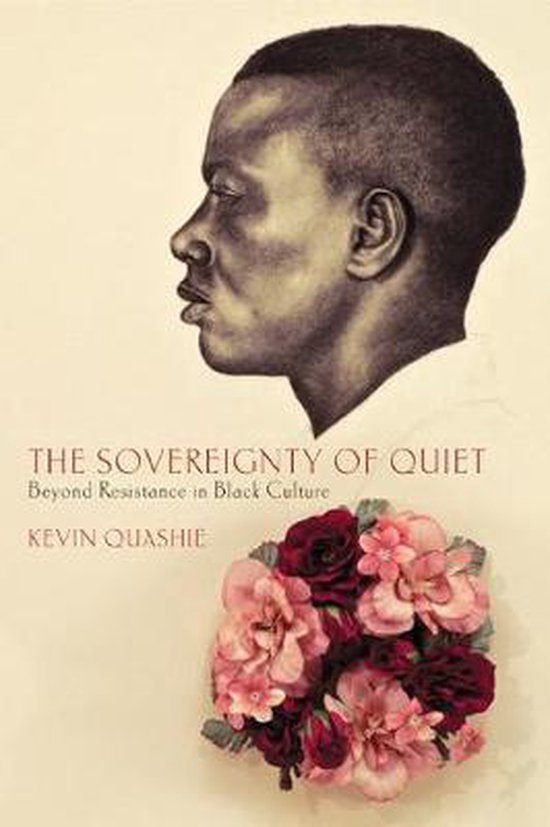
The Sovereignty of Quiet
African American culture is often considered expressive, dramatic, and even defiant, and this matrix has dominated our understanding of black communities and texts. This explores how a different kind of expressiveness, from protests to readings to landmark texts, as represented in the idea of quiet could change common conceptions and provide a more nuanced view of black culture.
African American culture is often considered expressive, dramatic, and even defiant. In The Sovereignty of Quiet, Kevin Quashie explores quiet as a different kind of expressiveness, one which characterizes a person’s desires, ambitions, hungers, vulnerabilities, and fears. Quiet is a metaphor for the inner life, and as such, enables a more nuanced understanding of black culture.
African American culture is often considered expressive, dramatic, and even defiant. In The Sovereignty of Quiet, Kevin Quashie explores quiet as a different kind of expressiveness, one which characterizes a person’s desires, ambitions, hungers, vulnerabilities, and fears. Quiet is a metaphor for the inner life, and as such, enables a more nuanced understanding of black culture.
The book revisits such iconic moments as Tommie Smith and John Carlos’s protest at the 1968 Mexico City Olympics and Elizabeth Alexander’s reading at the 2009 inauguration of Barack Obama. Quashie also examines such landmark texts as Gwendolyn Brooks’s Maud Martha, James Baldwin’s The Fire Next Time, and Toni Morrison’s Sula to move beyond the emphasis on resistance, and to suggest that concepts like surrender, dreaming, and waiting can remind us of the wealth of black humanity.
| Auteur | | Kevin Quashie |
| Taal | | Engels |
| Type | | Paperback |
| Categorie | | Mens & Maatschappij |
